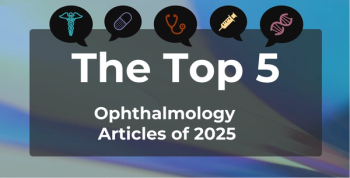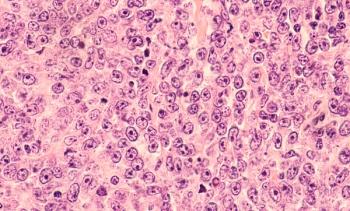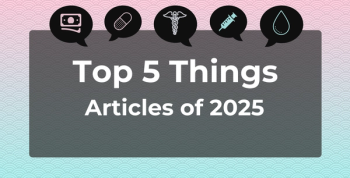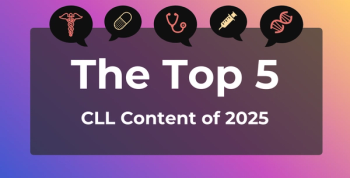
Young Adults With Low Incomes Have Higher Diabetes Mortality Risk
Key Takeaways
- Young adults in South Korea with T2D and low income have significantly higher mortality risks, especially under 40, with cardiovascular deaths notably elevated.
- Income-related disparities in mortality persist despite similar health care access, highlighting the importance of treatment adherence and lifestyle factors.
Young adults with type 2 diabetes and lower incomes face significantly higher mortality risks, highlighting socioeconomic disparities in health outcomes.
Young adults with
The research, published in
Overall, mortality risk increased as income decreased, with the association being most significant in younger adults. Individuals in their 20s and 30s with low income were nearly 3 times more likely to die from any cause compared with those with high income (adjusted HR [aHR], 2.88; 95% CI, 2.25-3.69). This income-related disparity decreased with age but remained high, with an aHR of 1.90 for those in their 40s and 50s, and 1.26 for those in their 60s and 70s.
These gaps were particularly clear for
Income influences multiple health-related factors, including lifestyle, treatment adherence, and health checkup participation. Young adults with lower income in this study were less likely to engage in preventive health measures, such as participating in national health checkups. They also showed lower rates of adherence to medication regimens, such as antidiabetic drugs, antihypertensives, and lipid-lowering medications, compared with those in higher-income brackets. These differences may contribute to the heightened mortality risks observed.
Interestingly, even though low-income individuals had a higher number of clinic visits, the disparity in mortality persisted. This finding suggests that the quality and continuity of care, along with factors like treatment adherence and lifestyle modifications, might be more critical than mere access to health care facilities. Additionally, the study found that the low-income group had higher rates of smoking and lower rates of regular exercise, both of which are key contributors to worse health outcomes.
“South Korea’s nationwide
The study included 1.24 million adults with T2D aged 20 to 79. Their income levels were based on their medical insurance premiums—directly proportional to income in this study, according to the authors—and divided into high-income (highest 30%), medium-income (middle 40%), and low-income (30%) categories. It’s important to note that, because this study was conducted in South Korea, definitions of socioeconomic class may translate differently in the US, where 11% of Americans face poverty.2
“Given significant differences in medication utilization for young adults with T2D in this cohort from South Korea, more research is needed to understand related barriers and facilitators that exist within a single-payer universal health care system like the NHIS,” a separate pair of researchers
References
- Kim JY, Park S, Park M, Kim NH, Kim SG. Income-related disparities in mortality among young adults with type 2 diabetes. JAMA Netw Open. 2024;7(11):e2443918. doi:10.1001/jamanetworkopen.2024.43918
- Shrider EA, Creamer J. Poverty in the United States: 2022. United States Census Bureau report P60-280. September 12, 2023. Accessed November 13, 2024. https://www.census.gov/library/publications/2023/demo/p60-280.html
- Steenkamp DW, Walker AF. Low income and mortality in young adults living with type 2 diabetes. JAMA Netw Open. 2024;7(11):e2443884. doi:10.1001/jamanetworkopen.2024.43884
Newsletter
Stay ahead of policy, cost, and value—subscribe to AJMC for expert insights at the intersection of clinical care and health economics.







































